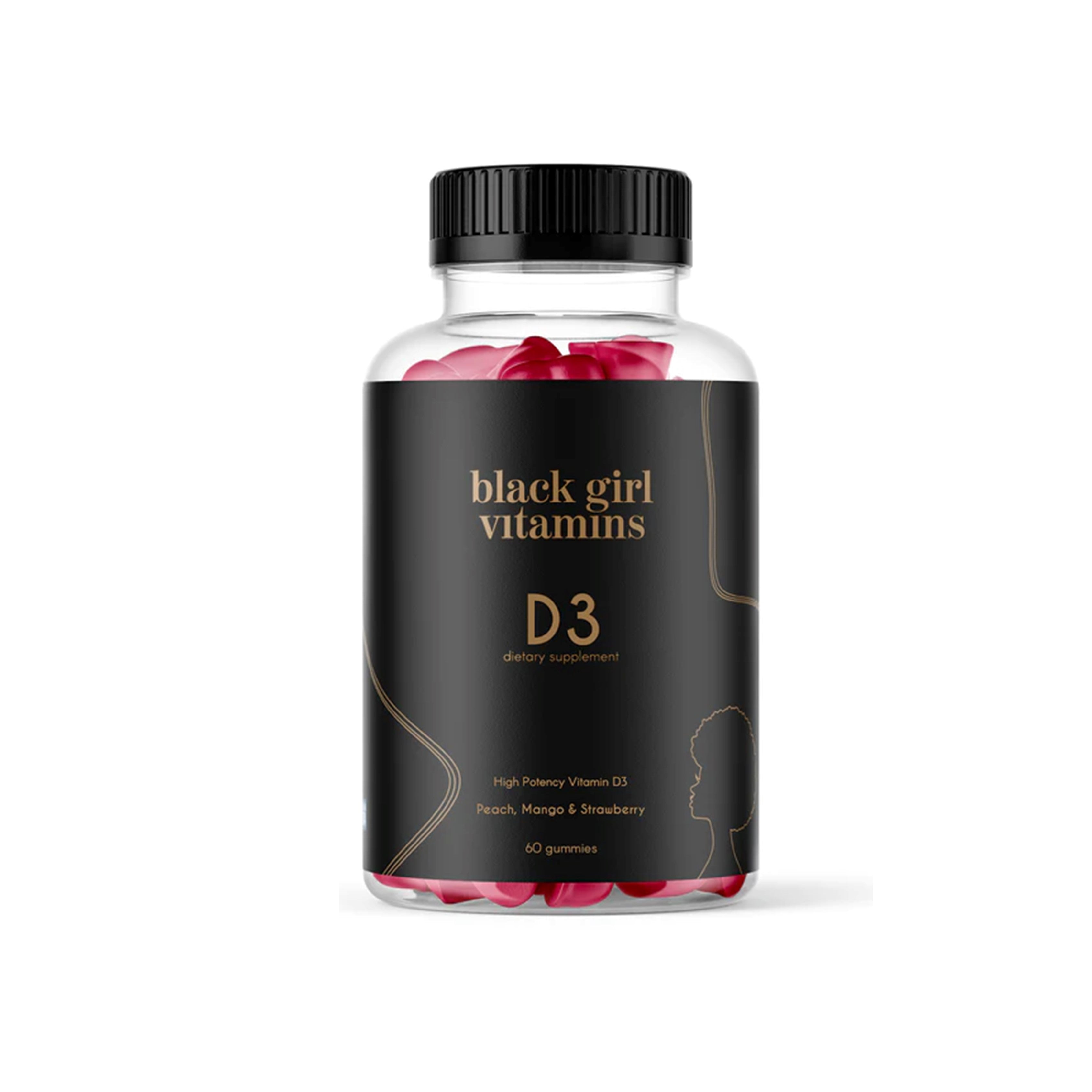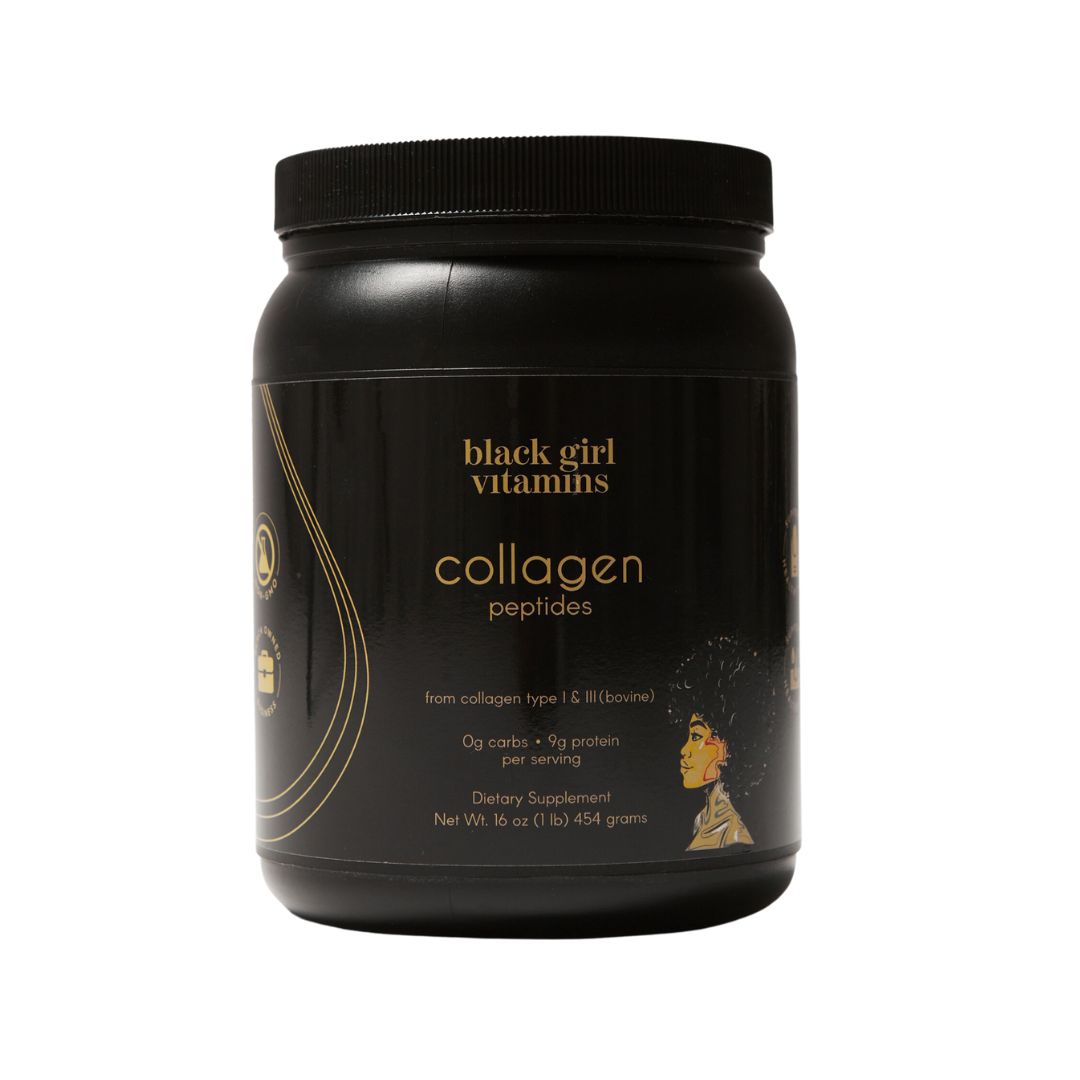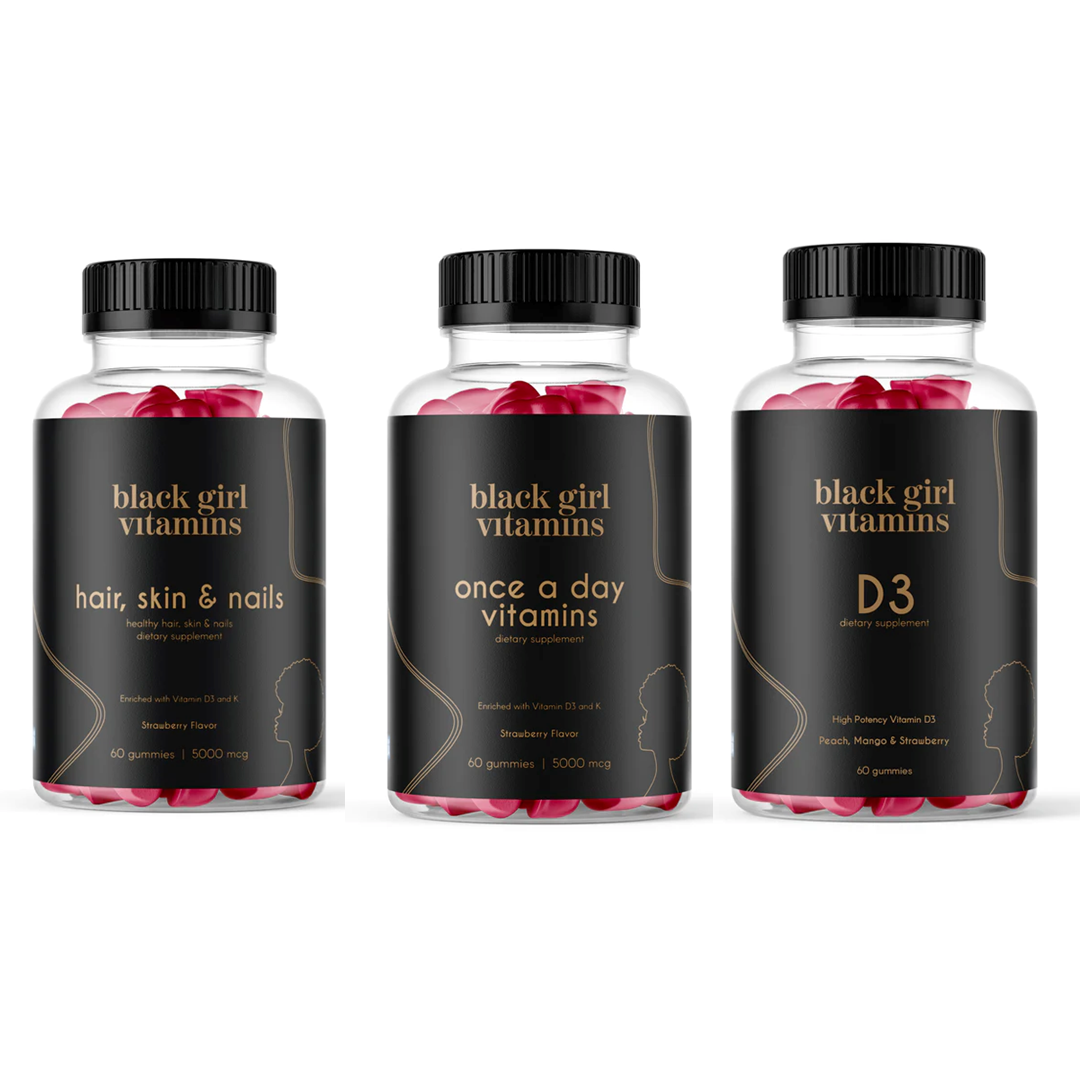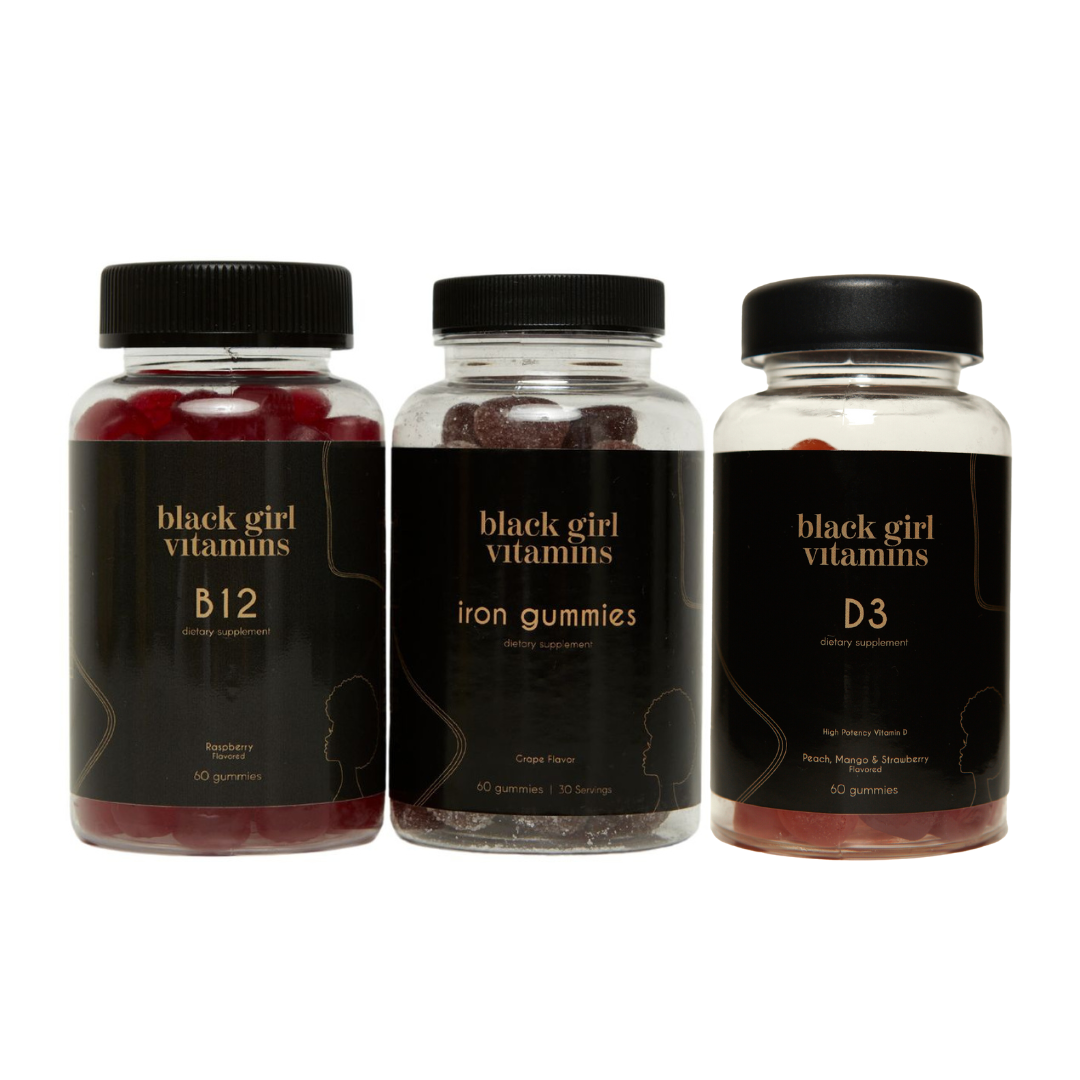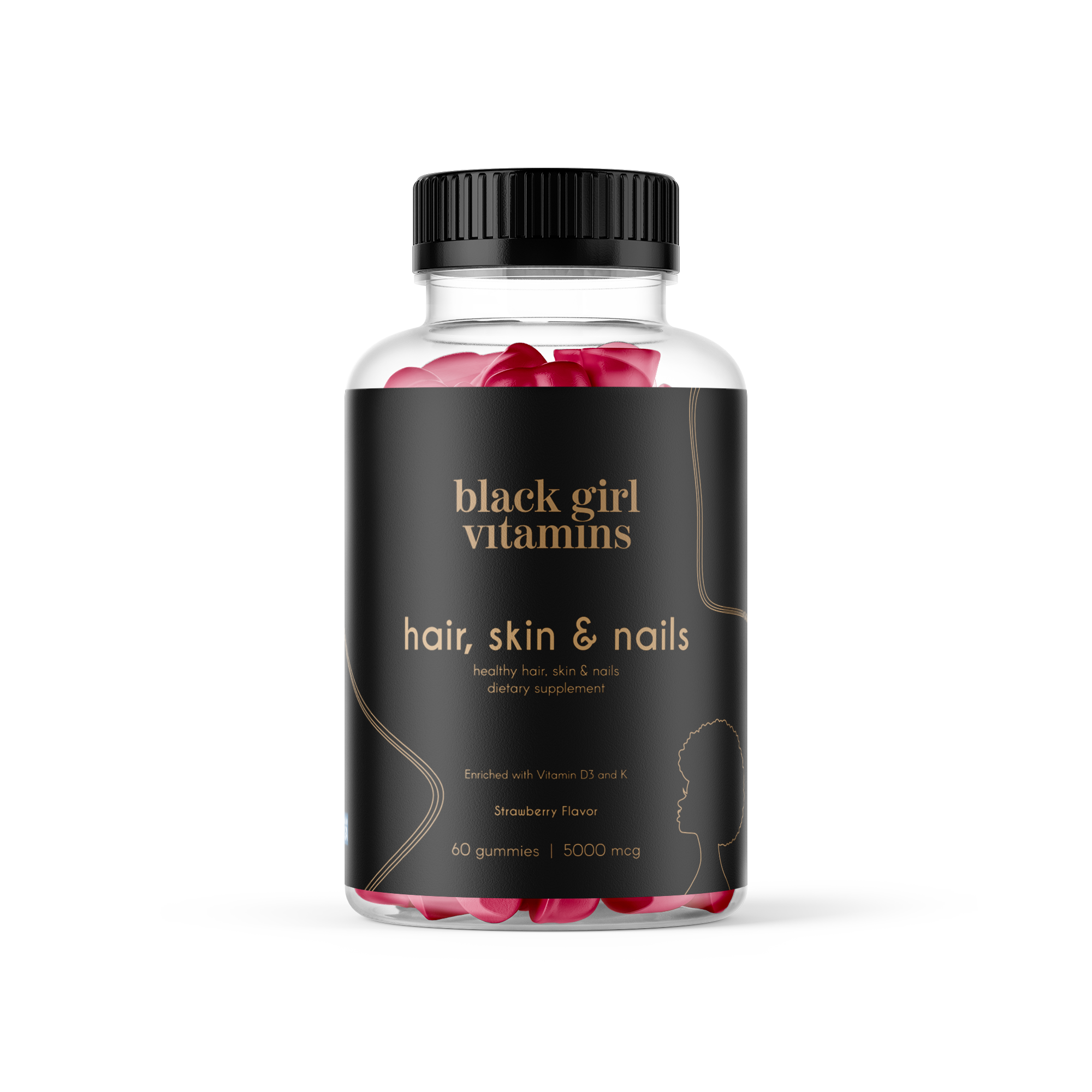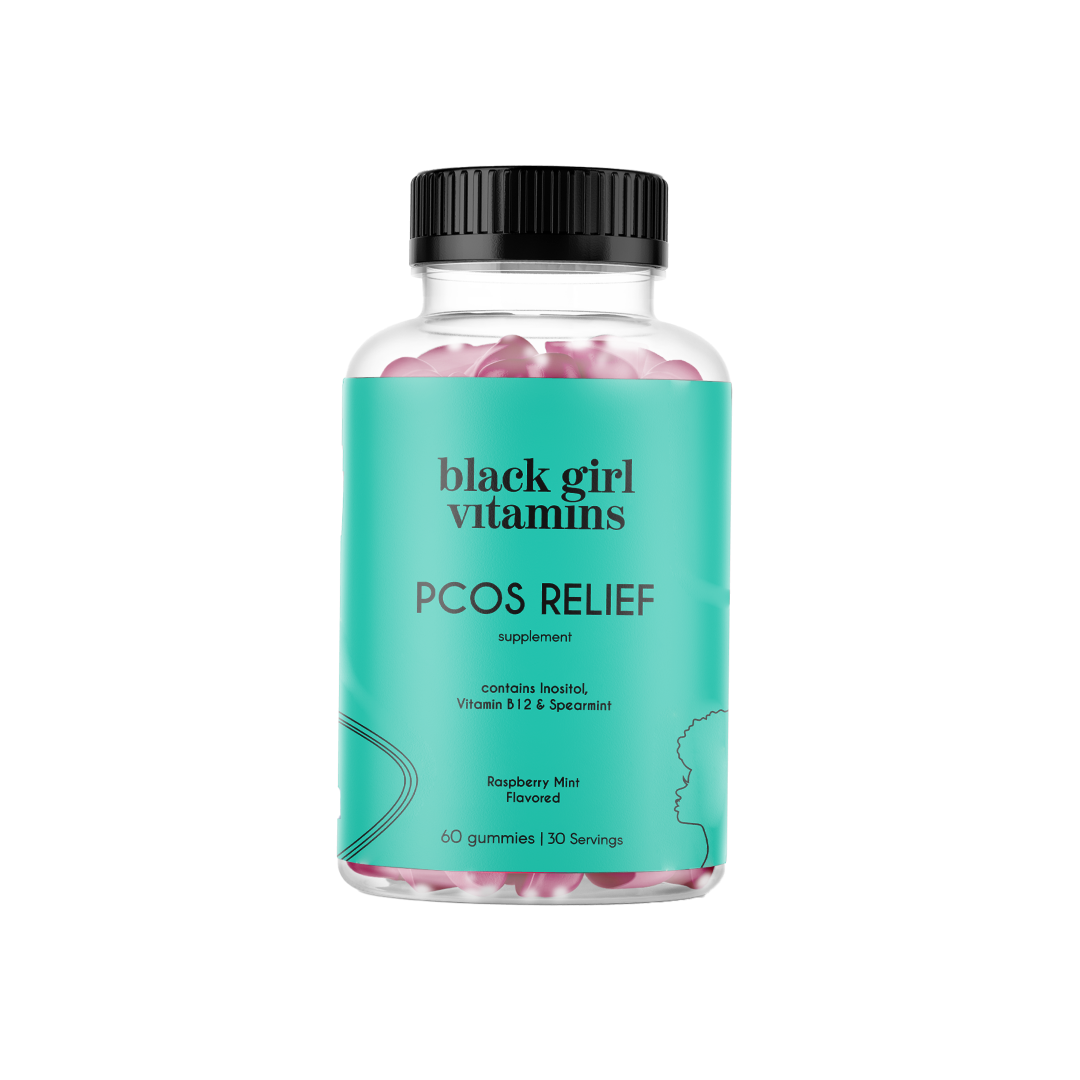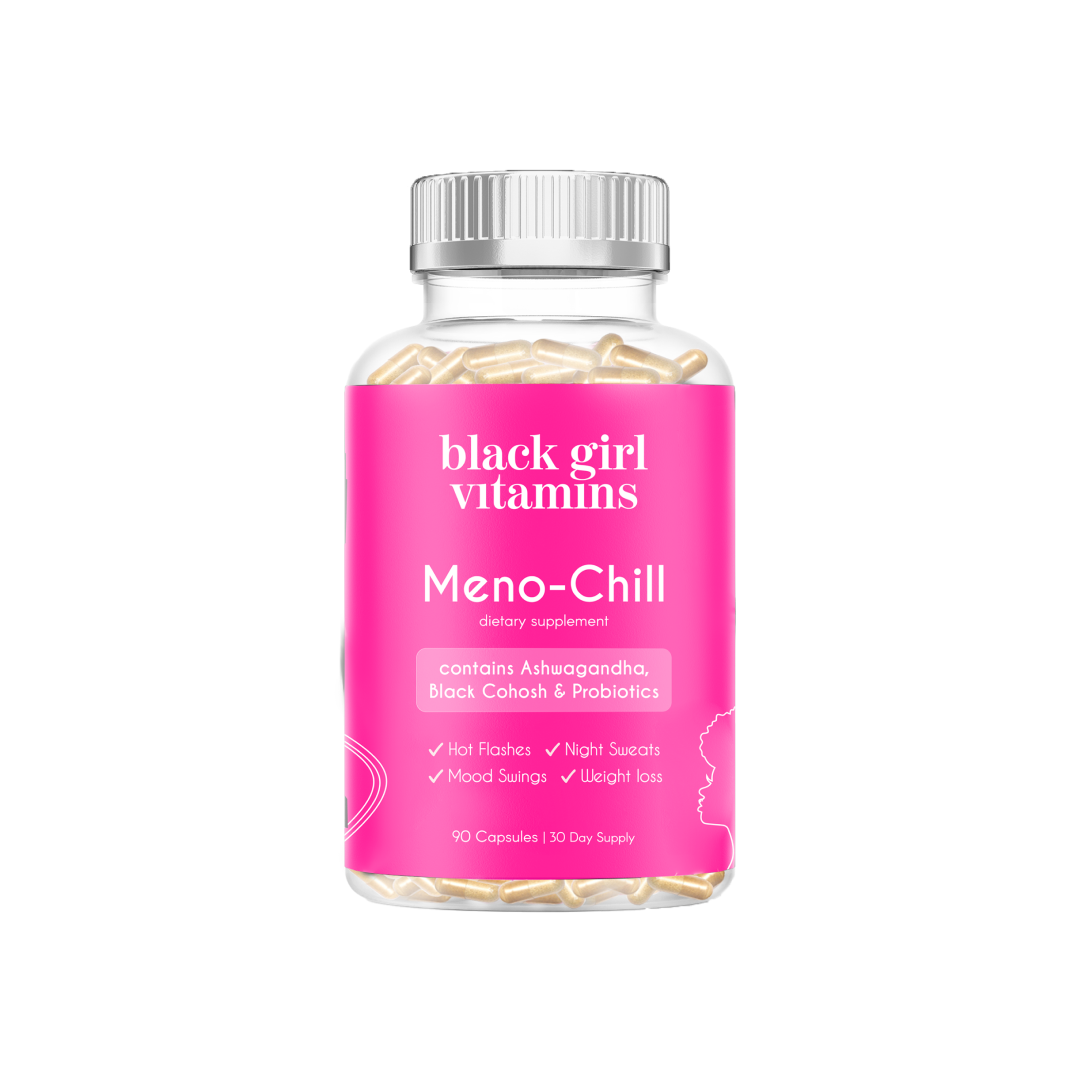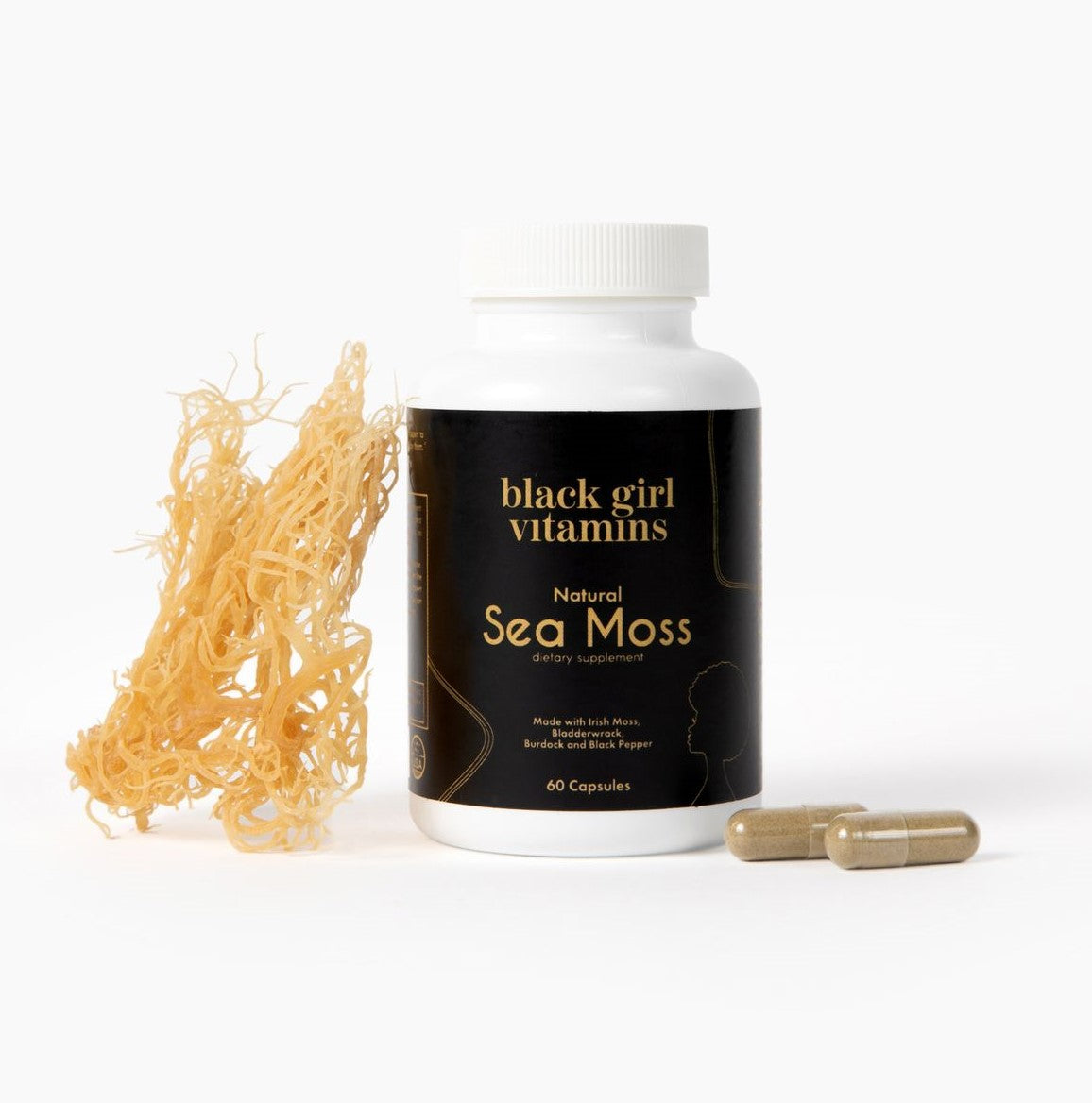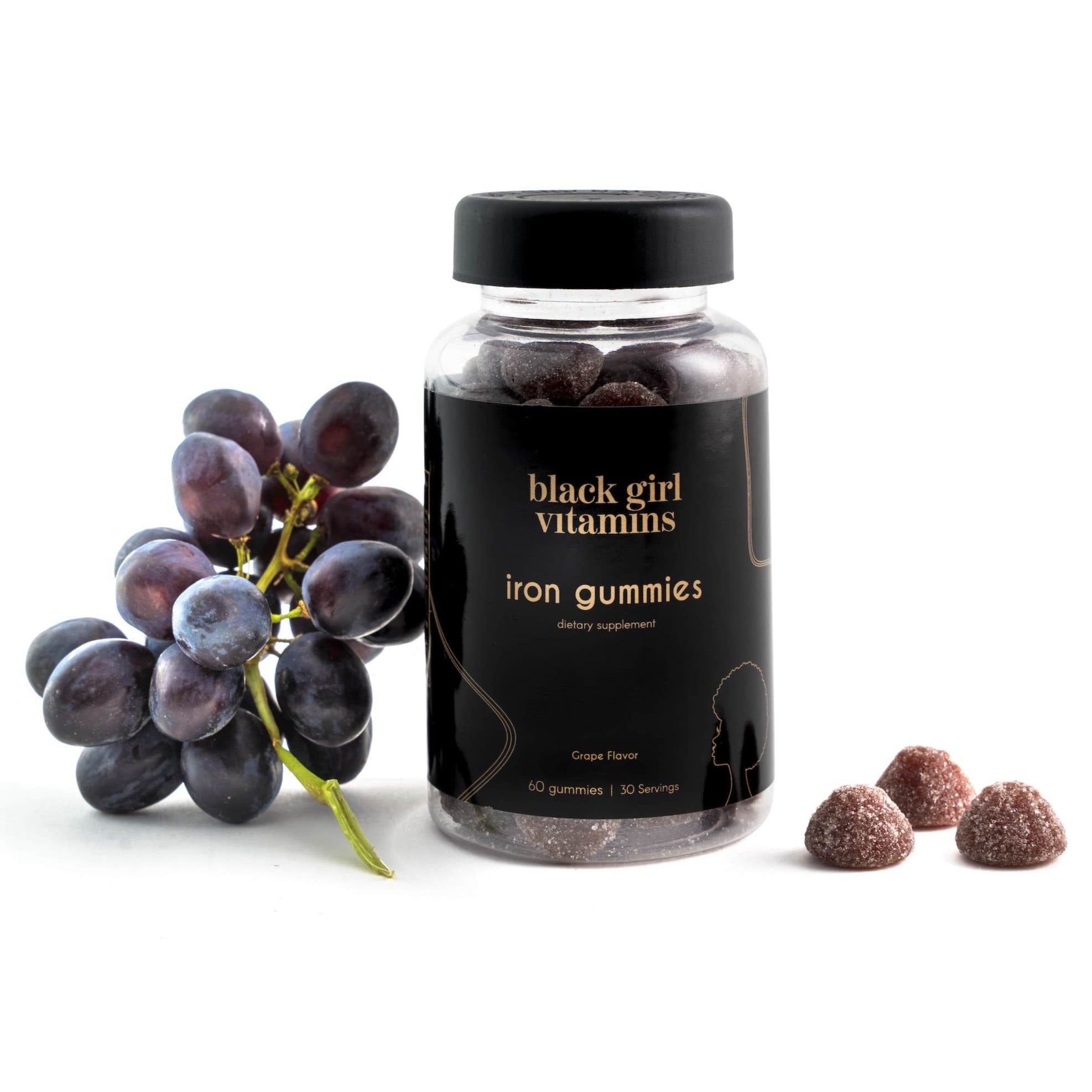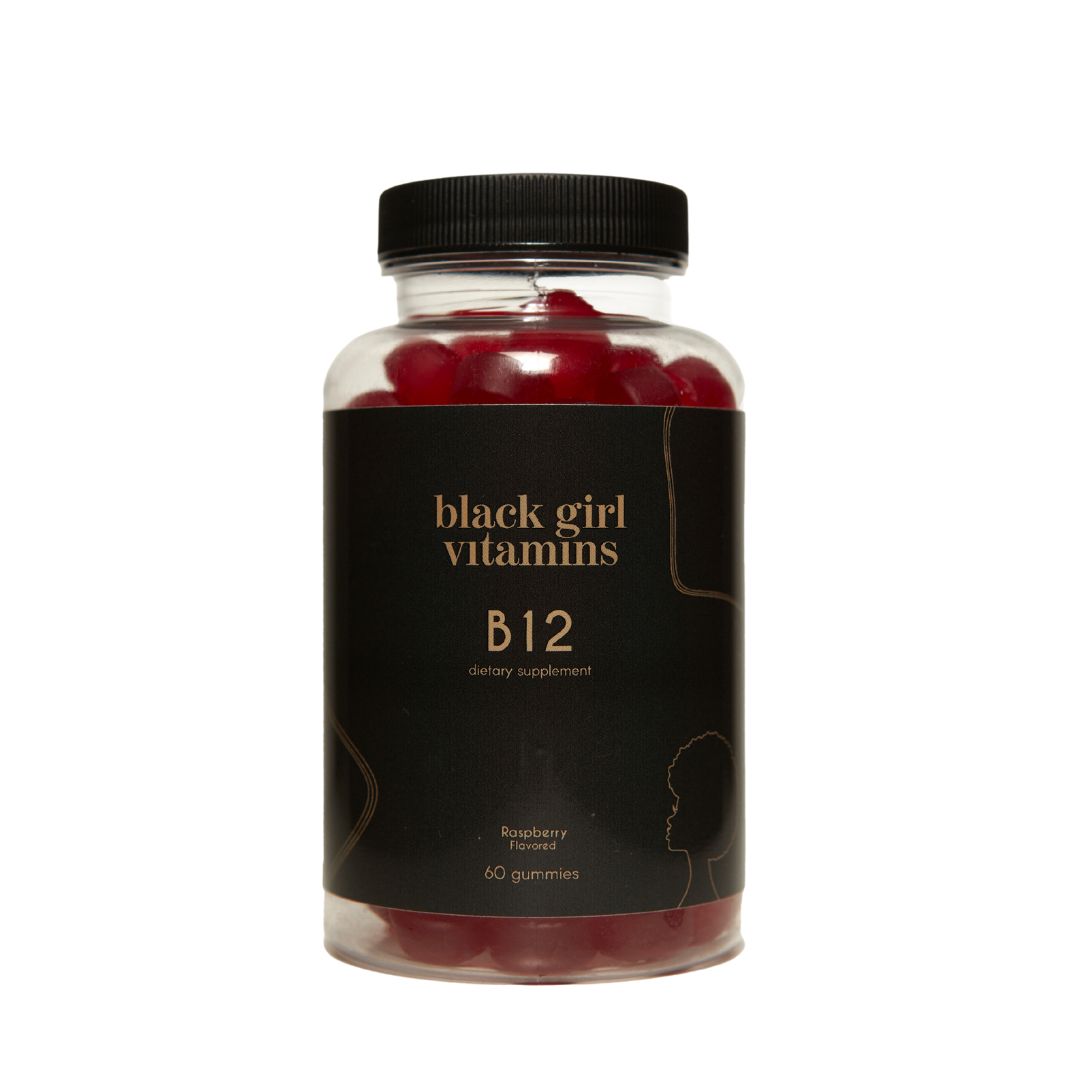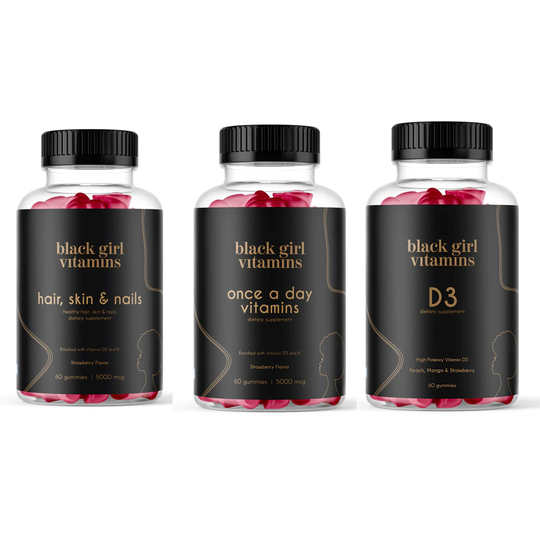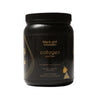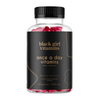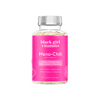Why Do I Have White Spots on My Nails? Causes and Solutions
Reviewed By | Dr. Bryanne N. Standifer-Barrett – Internal Medicine | BGV Medical Advisor
Noticing white spots on your nails can be quite concerning, especially if you’re unsure what’s causing them. Known medically as leukonychia, these white spots can appear for reasons ranging from minor injuries to serious health issues.
While they are typically harmless, persistent or widespread white spots may indicate an underlying medical condition that needs attention. This article explores the causes of white spots, how to prevent them, and tips for maintaining healthy nails.
What Causes White Spots on Nails?
White spots can appear on your nails for various reasons, and are often triggered by negative habits or physical injuries. Understanding why these spots occur can help you identify any lifestyle changes you may need to make.
Nail Bed Injuries
Minor trauma to the nail bed is one of the most common reasons white spots appear. If you accidentally bump your hand into something or press on your nails too hard, it can damage the nail matrix — which is where nail growth begins. This trauma can cause small white marks. However, they will grow out as the nail regenerates.
Habits like biting your nails or using them to open certain types of packaging can also cause white spots. Do your best to avoid nail-biting, and if an item is tough to open, try using scissors instead. Repeated injuries, even minor ones, can result in chronic white spots.
Nutritional Deficiencies
When the body doesn’t receive enough nutrients, white spots can manifest.
Low levels of zinc, calcium, vitamin D, or other essential vitamins can weaken nails, making them brittle and more prone to developing spots — and vitamin D deficiencies are especially prevalent in black women. Black women on restrictive diets may also notice more frequent occurrences of white spots than others.
Incorporating nutrient-rich foods like leafy greens, nuts, and dairy products into your meals can help strengthen your nails. If dietary changes aren’t enough to fix the issue, a healthcare professional may recommend supplements to address specific nutritional deficiencies.
Fungal Infections and Underlying Conditions
In some cases, white spots may indicate the presence of an infection or serious health issue. Fungal infections, like onychomycosis, can cause white discoloration on the nails. These infections often start as small white dots or streaks and can spread if left untreated.
Fungal infections are more common in individuals with damp or sweaty hands and those who frequently wear gloves for extended periods. Over-the-counter antifungal treatments may help if the infection is mild. However, severe cases will require medical attention to prevent further nail damage.
Liver disease, kidney issues, or psoriasis may also disrupt nail health, causing white streaks or patches to appear — and with black women being 31% more likely to die from liver disease than non-Hispanic white women, it’s crucial to recognize warning signs and act accordingly. Chronic illnesses can reduce the body's ability to absorb key nutrients, indirectly contributing to leukonychia.
If white spots persist or are accompanied by other symptoms, you should consult a healthcare provider for a proper diagnosis.
How Can You Prevent White Spots on Nails?
By making a few simple adjustments to your daily habits, you can keep your nails healthy and strong — minimize the chances of white spots in the future.
Keep Your Nails Healthy
Keep your nails clean and dry to avoid fungal infections, and regularly trim them with sanitized tools to prevent accidental damage. You should also use gloves when working with harsh chemicals or cleaning products, as these can weaken the nail structure and contribute to discoloration.
Hydration is also important. Applying a moisturizer or cuticle oil regularly can protect nail beds from becoming brittle and damage-prone. Additionally, try to avoid picking or biting your nails, as this increases the risk of trauma to the nail bed.
Adopt a More Balanced Diet
Eating a nutritious diet helps support nail health and prevent deficiencies. Include a variety of fruits, vegetables, lean proteins, and whole grains in your meals. Foods rich in biotin, like eggs and almonds, can strengthen nails and reduce the likelihood of white spots. You should also make sure you're drinking plenty of water.
Supplements may provide additional support for those with dietary restrictions or medical conditions.
Black Girl Vitamins offers a variety of options that cater to the unique healthcare needs of black women, like iron supplements and gummies designed to promote healthy hair, skin, and nail growth. Always consult a healthcare provider before starting any new supplements.
Final Thoughts
White spots on nails are typically harmless, but they can sometimes signal a need for better nail care or warn of an underlying medical problem. Take good care of your nails and eat as balanced of a diet as possible to minimize the risk of these marks showing up.
If the spots do appear, and they persist, seek guidance from a medical professional to ensure there are no deeper issues that need to be addressed. Being mindful of the appearance of your nails is more than just a cosmetic preference — it’s a crucial part of overall health.
Sources:
Leukonychia: What Can White Nails Tell Us? | NLM
Onychomycosis: Current Trends in Diagnosis and Treatment | AAFP
Why do I have white spots on my nails? | Harvard Health
Chronic Liver Disease and African Americans | Office of Minority Health





